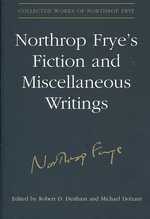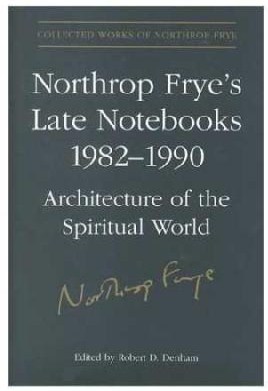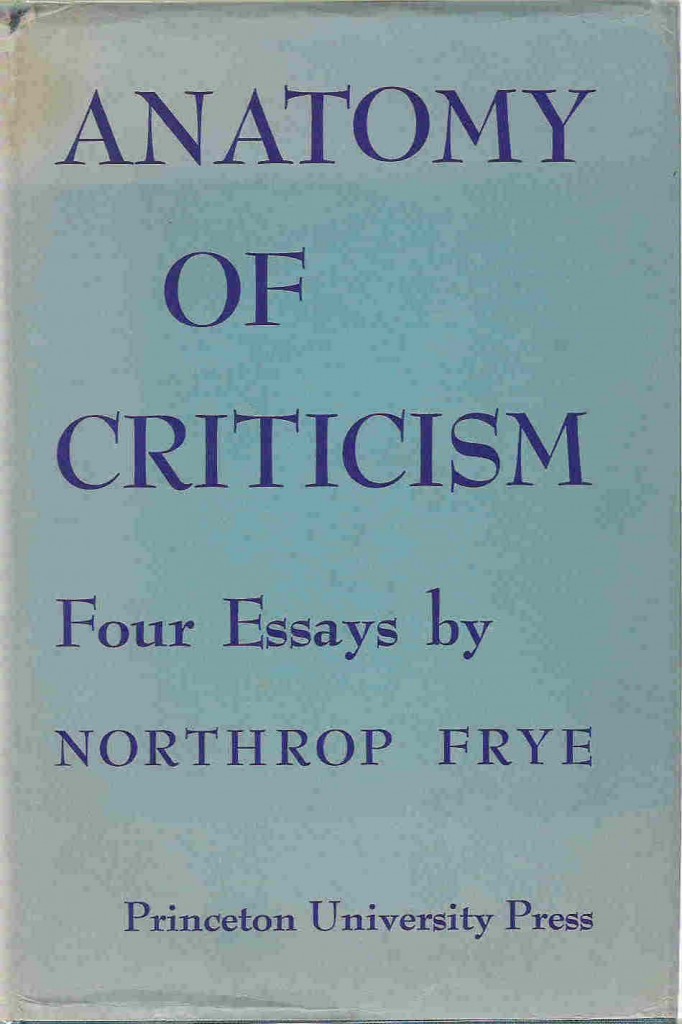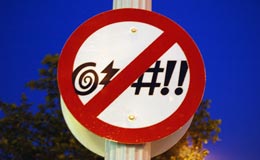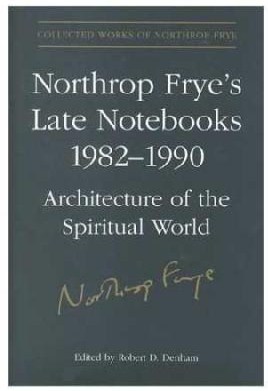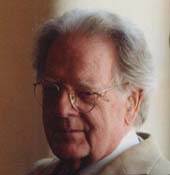httpv://www.youtube.com/watch?v=Y8zyK3DtXxQ
Manguel giving the Fitzi-Continis Lecture, “Borges and the Impossibility of Writing,” at Yale University, February 3, 2010
Toro Magazine has a review of Alberto Manguel‘s The Blind Bookkeeper (or Why Homer Must Be Blind) — an expansion of his Antonine Maillet – Northrop Frye Lecture at this year’s Frye Festival in Moncton — and which begins with Frye’s almost unbelievably prescient unfinished 1943 essay, “The Present Condition of the World” (recently cited here and here).
THE BLIND BOOKKEEPER (or Why Homer Must Be Blind)
By Alberto Manguel
Goose Lane Editions
$14.95
80 pagesPOSTED BY: Salvatore Difalco
Which brings me to the last of my three recommended reads: Alberto Manguel’s elegant bijou of concision, The Blind Bookkeeper, a bilingual transcription of The Antonine Maillet – Northrop Frye Lecture delivered at The University of Moncton by Manguel this past April. An unfinished paper Northrop Frye wrote in 1943 on “the state of the world,” and his ideas of what to expect after the end of the war and the role that literature might play in a time of peace, act as the starting point for Manguel’s moving meditation on the complex and complimentary roles of writer and reader throughout history. Frye’s essay, prescient in 1943, has never been more relevant than today, given the current spiritual and cultural bankruptcy of our neighbours to the south, with their toxic mix of demented evangelism, material superabundance, and pure aggression.
In considering the state of reading and writing today, against the backdrop of ongoing global conflict, Manguel turns to the blind Homer, the archetype of the poet who can see into the future through his knowledge of the past, as inspiration and guide. And with Homer at his side, and Northrop Frye on his heels, he charts a history of war in relation to literature (or, conversely, a history of literature in relation to war). But this overly simplifies what amounts to a stunning tour de force by Manguel. The title of his lecture, hinging on the word bookkeeper, is telling. What´s clear is that Manguel, a bibliophile in every sense of the word, who as a youth in his native Argentina spent four years reading to and hanging out with that meta-bibliophile Jose Louis Borges, loves literature and books, and that love permeates and lights up every sentence.
“Literature is a collaborative effort, not as editors and writing schools will have it, but as readers and writers have known from the very first line of verse ever set down in clay. A poet fashions out of words something that ends with the last full stop and comes to life again with its first reader’s eye. But that eye must be a particular eye, an eye not distracted by baubles and mirrors, concentrated instead on the bodily assimilation of the words, reading both to digest a book and be digested by it. ‘Books,’ Frye once noted, ‘are to be lived in.’” p.27)
Which brings me back to my initial complaint about the length of the books being offered for review this autumn, and how the times, distracted, overburdened, demand, along with relevance, concision. That being said, I’m not against long books, per se, but I do detest being told that these current, bloated offerings, written by relative unknowns, are necessary, groundbreaking, brilliant, and all but worthy of being canonized. Given the entire history of literature, and the existence of Homer, Dante, Shakespeare, Joyce, Borges, et al, publishers and publicists alike should step out from their fairylands, and maybe hire a few competent editors to slough off all the dead skin they’re carrying around.
